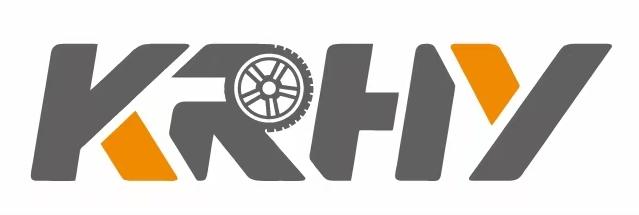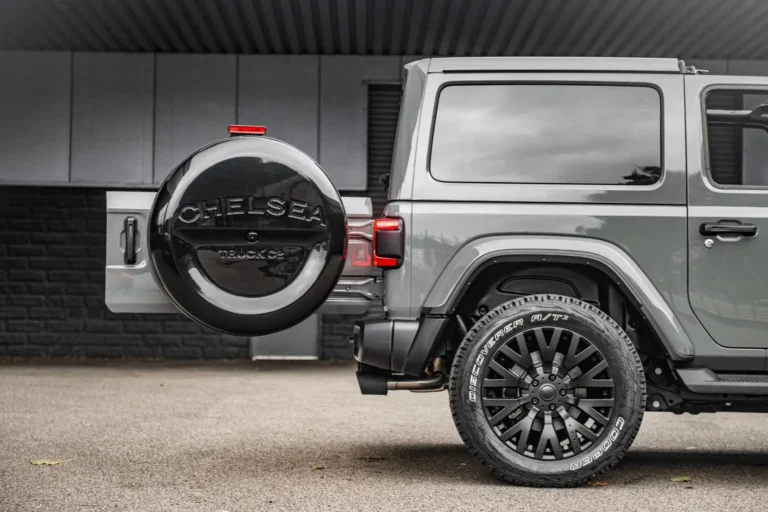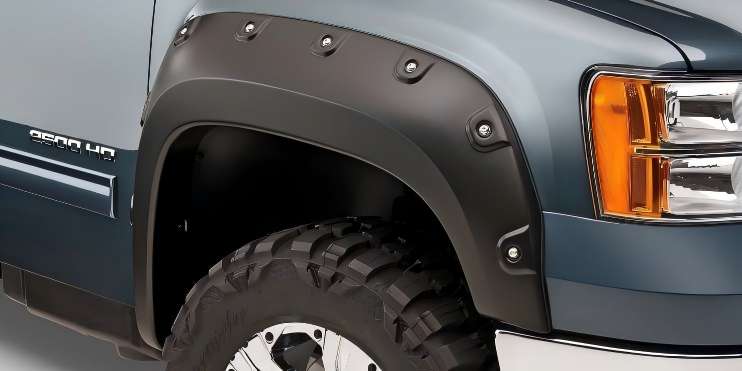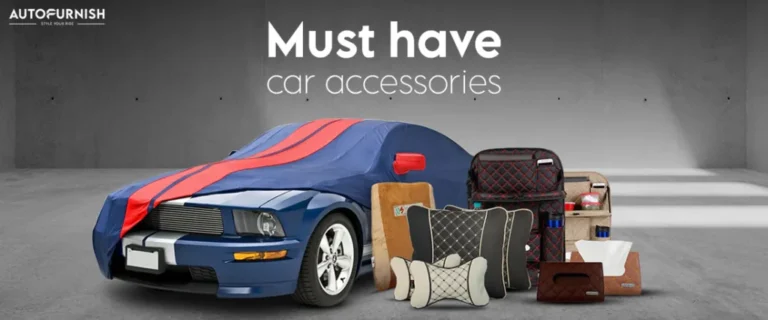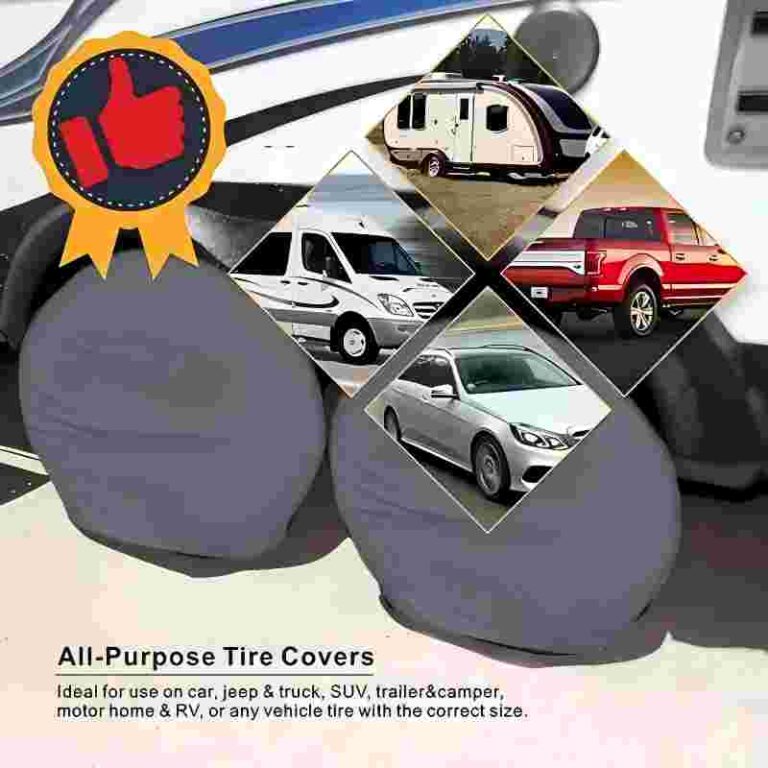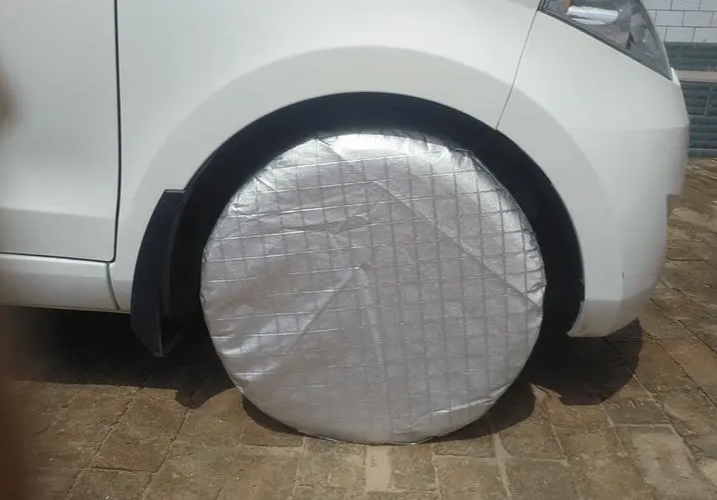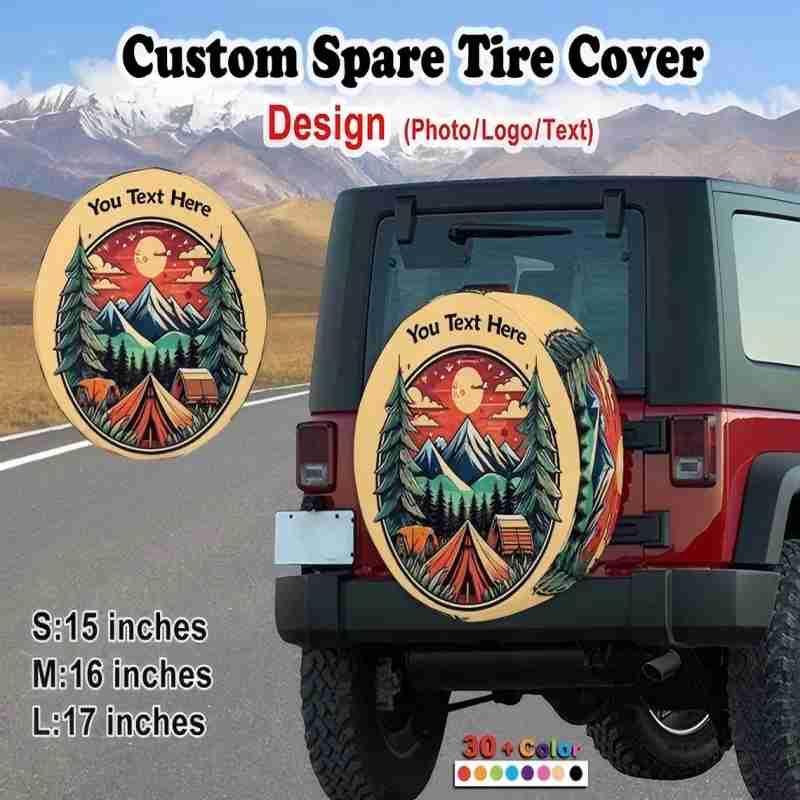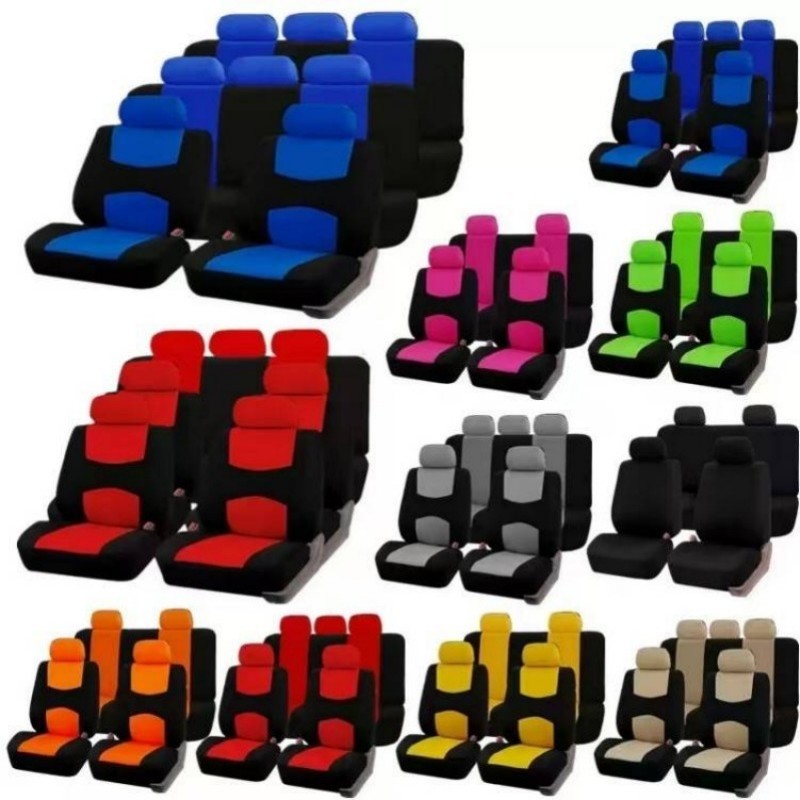-
Xingming Road, Yanyuan, Xingtan, Shunde, Foshan, Guangdong
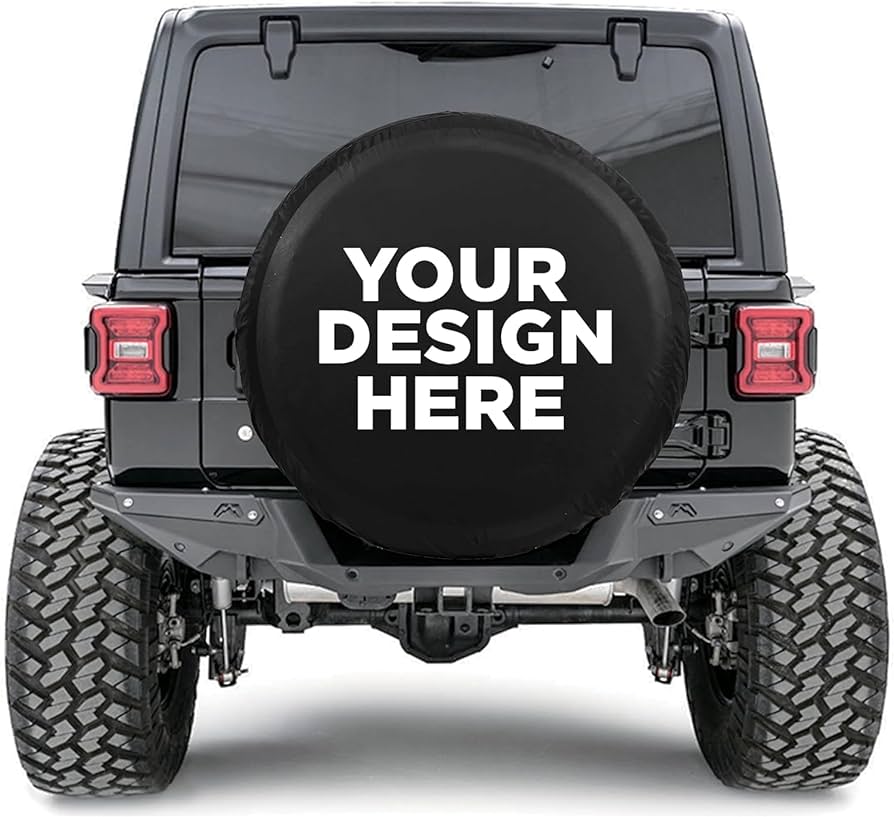
Custom vs. Pre-Made Tire Covers: Style & Benefits Compared
Table of Contents
Introduction:How does a tire cover define your vehicle’s personality?
When a Jeep Wrangler passes by, if the tire cover at the rear of the car is printed with a mountain lion totem, it instantly conveys the owner’s wild adventurous spirit; while a business SUV equipped with a pure black prefabricated cover implies the owner’s low-key pragmatism. Tire covers have long surpassed the basic function of “protecting spare tires” and have become an extension of the owner’s personality expression. According to statistics from the American Automotive Aftermarket Association (SEMA), the global tire cover market size will reach US$1.2 billion in 2023, of which the growth rate of customized products will exceed 30%. This article will analyze the core differences between the two tire covers based on 10 dimensions such as cost, design, and durability to help you accurately match your style needs.
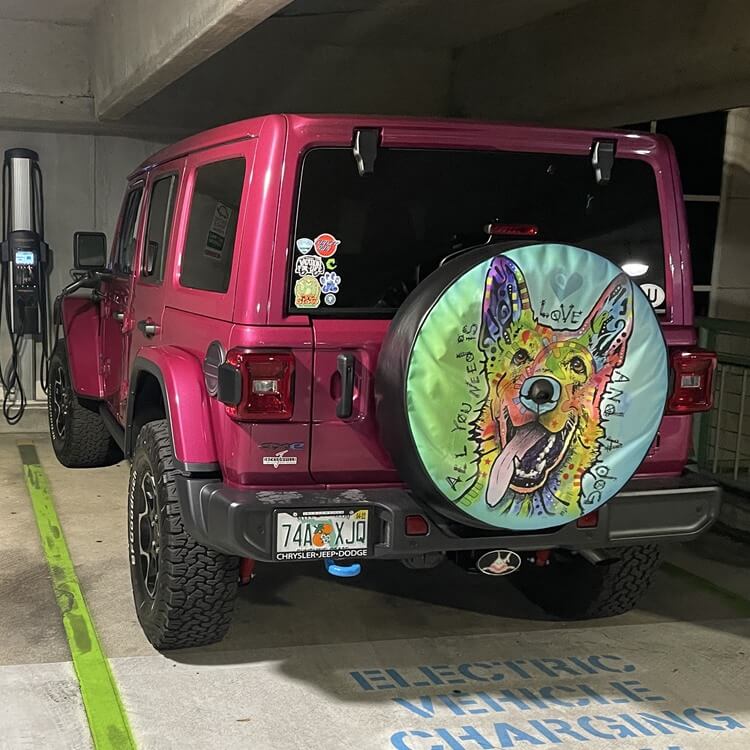
Personalized design freedom: from “one size fits all” to “unique identification”
Argument: Custom tire covers are the ultimate canvas for personal style, while prefabricated ones are limited by popular templates.
Argument 1: Kairun’s official website shows that its customization service supports full-color printing, 3D embossing, luminous coating and other processes. Users can upload any pattern (such as pet photos, corporate logos), while prefabricated ones only provide about 50 fixed designs (such as national flags, camouflage).
Argument 2: Case evidence-off-road club “Rock Crawlers” customized co-branded tire covers, combining member IDs with topographic maps to enhance a sense of belonging.
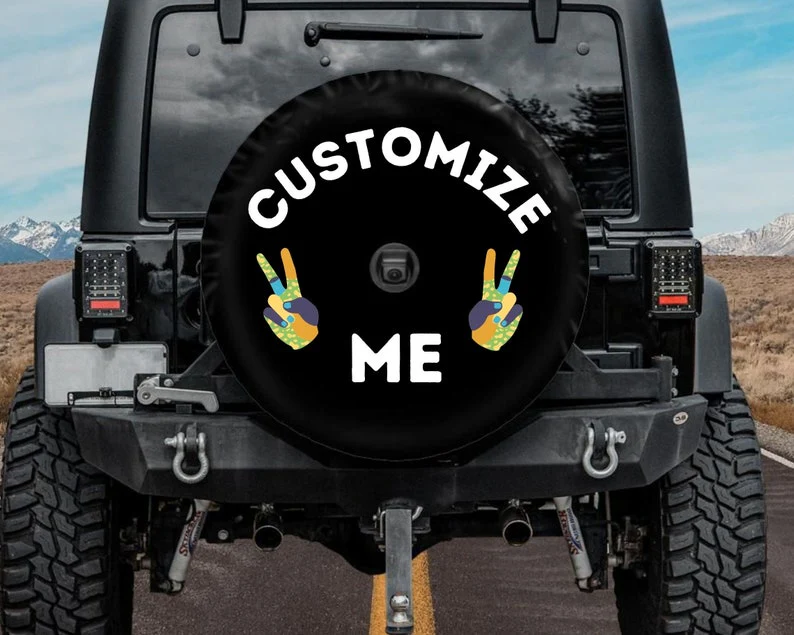
Cost-benefit analysis: short-term savings vs. long-term investment
Argument: Prefabricated ones have low initial costs, but customized ones are more cost-effective during their life cycle.
Argument 1: The average price of prefabricated ones is $30-$80, and the customized ones are $120-$300. However, customized products use double-layer PVC or bulletproof nylon, and their lifespan can reach 5-8 years, while low-priced prefabricated ones need to be replaced in an average of 2 years.
Argument 2: Consumer Reports tests show that the UV protection index (UPF50+) of customized covers is 67% higher than that of prefabricated ones (UPF15-30), significantly reducing the aging speed of tires.
Installation and delivery time: instant satisfaction vs. exclusive waiting
Argument: Prefabricated covers meet urgent needs, and customized covers need to balance production cycle and uniqueness.
Argument 1: Amazon data shows that the average delivery time of prefabricated tire covers is 1-3 days, while customized covers require design review, printing, quality inspection and other links, and the cycle is 7-15 days.
Argument 2: Emergency solution-some manufacturers (such as Kairun Auto Parts) provide “semi-customization” services, where users can add text to prefabricated templates and deliver them within 3 days.
Size adaptability: standardized coverage vs. millimeter-level fitting
Argument: Customized covers solve the compatibility problem of non-standard tires.
Argument 1: The modified tires of models such as Jeep Gladiator are often larger than 37 inches, which exceeds the upper limit of 35 inches for prefabricated covers. Customized services can accurately match diameter, width and even tread bulges.
Argument 2: A study by the Department of Engineering at the University of Michigan pointed out that loosely installed tire covers are prone to wind noise when driving at high speeds, and customized fitting design can reduce noise by 12dB.
Brand Marketing Value: Mobile Billboard Effect
Argument: Customized models are low-cost promotion tools for small and medium-sized enterprises.
Argument 1: After Florida surf shop “WaveRiders” customized tire covers, the average daily exposure of vehicles reached 2,000 times, and the official website traffic increased by 18% (marketing report). Argument 2: Prefabricated models lack exclusivity – if competitors use the same design, brand recognition may be diluted.
Durability comparison: material science and environmental challenges
Argument: Customized models use advanced materials to cope with extreme environments.
Argument 1: Alaska Off-Road Association tests show that customized models are 40% more tear-resistant than prefabricated models at low temperatures of -30°C (test video).
Argument 2: BoomCo’s military-grade Cordura fabric custom covers can pass IP67 waterproof certification, while most prefabricated models are only splash-proof.
Impact on resale value: personalized premium or neutral safety card?
Argument: Custom design may become a “double-edged sword” for used car transactions.
Argument 1: Kelley Blue Book survey pointed out that 73% of buyers are more concerned about the overall maintenance status of the vehicle rather than the tire cover design. However, customized models that are too niche (such as political slogans) may discourage some buyers.
Argument 2: Strategic advice-choose a removable customized cover, or replace it with a neutral prefabricated model before the transaction.
Environmental protection and sustainability: fast-moving consumer goods vs. durable goods thinking
Argument: Customized models fit the trend of circular economy.
Argument 1: A study by the European Environmental Protection Agency shows that a custom cover with a lifespan of 5 years reduces plastic waste by 51% compared to replacing 3 prefabricated covers (report link).
Argument 2: Companies such as ReTire have launched a “trade-in” program to recycle custom cover materials for 3D printing new accessories.
Seasonal adaptation function: climate responsive design
Argument: Customized models can integrate regional protection needs.
Argument 1: Canadian users can choose a built-in heating element to prevent the cover from brittleness in extreme cold of -40℃ (TechAuto solution).
Argument 2: Arizona car owners customize double-layer covers, the outer layer reflects sunlight, the inner layer isolates heat, and reduces the temperature of the spare tire by 22℃ (actual measured data).

Community culture expression: from individual to circle identity
Argument: Customized design strengthens the owner’s sense of belonging to the community.
Argument 1: A survey of Bronco owner forums shows that 87% of users believe that customized tire covers are “identity identifiers”, such as classic grille patterns, off-road coordinates, etc.
Argument 2: Limited co-branded model case – the Moab commemorative cover launched by Jeep and RedRock has a second-hand premium of 300%.
FAQs
1. What’s the main difference between custom and pre-made tire covers?
Custom tire covers offer unique designs and precise sizing, while pre-made covers are mass-produced with generic designs and lower costs.
2. Which type handles extreme weather better?
Custom covers excel with options like heated elements (-40°C) or double-layer heat shielding
3. Will a custom design hurt my car’s resale value?
Neutral designs have no impact, but niche art (e.g., political slogans) may polarize buyers. Use removable covers for flexibility.
4. Can businesses benefit from custom tire covers?
Absolutely. They act as mobile ads—WaveRiders saw an 18% website traffic boost after adding logo-printed covers.
5. How do I choose between custom and pre-made tire covers?
Prioritize budget + convenience → pre-made. Prioritize uniqueness, branding, or extreme durability → custom.
Conclusion: Match your “style weight” and make rational decisions
If you pursue uniqueness, long-term value and precise functions (such as polar protection/brand exposure), customized tire covers are the best choice. On the contrary, if the budget is limited or classic design is preferred, prefabricated models provide plug-and-play solutions. Well-known brands such as Kairun (https://autopartsodm.com/) and BoomCo both provide 5-year warranty. Users can make decisions based on the 10-dimensional analysis table in this article (see the table below).
| Dimensions | Advantages of prefabricated tire covers | Advantages of custom tire covers |
| Initial cost | ✅ As low as $30 | ❌ Average price $150+ |
| Design uniqueness | ❌ Limited templates | ✅ Completely self-designed |
| Adaptability to extreme environments | ❌ Basic protection | ✅ Material/function customization |
| Brand marketing potential | ❌ None | ✅ Mobile advertising effect |
Action suggestion: Visit the SEMA tire cover purchase guide for professional reviews, or use Kairun Autopart’s online design tool to preview the customized effect. Your tire cover should be a style statement rather than a functional compromise.
